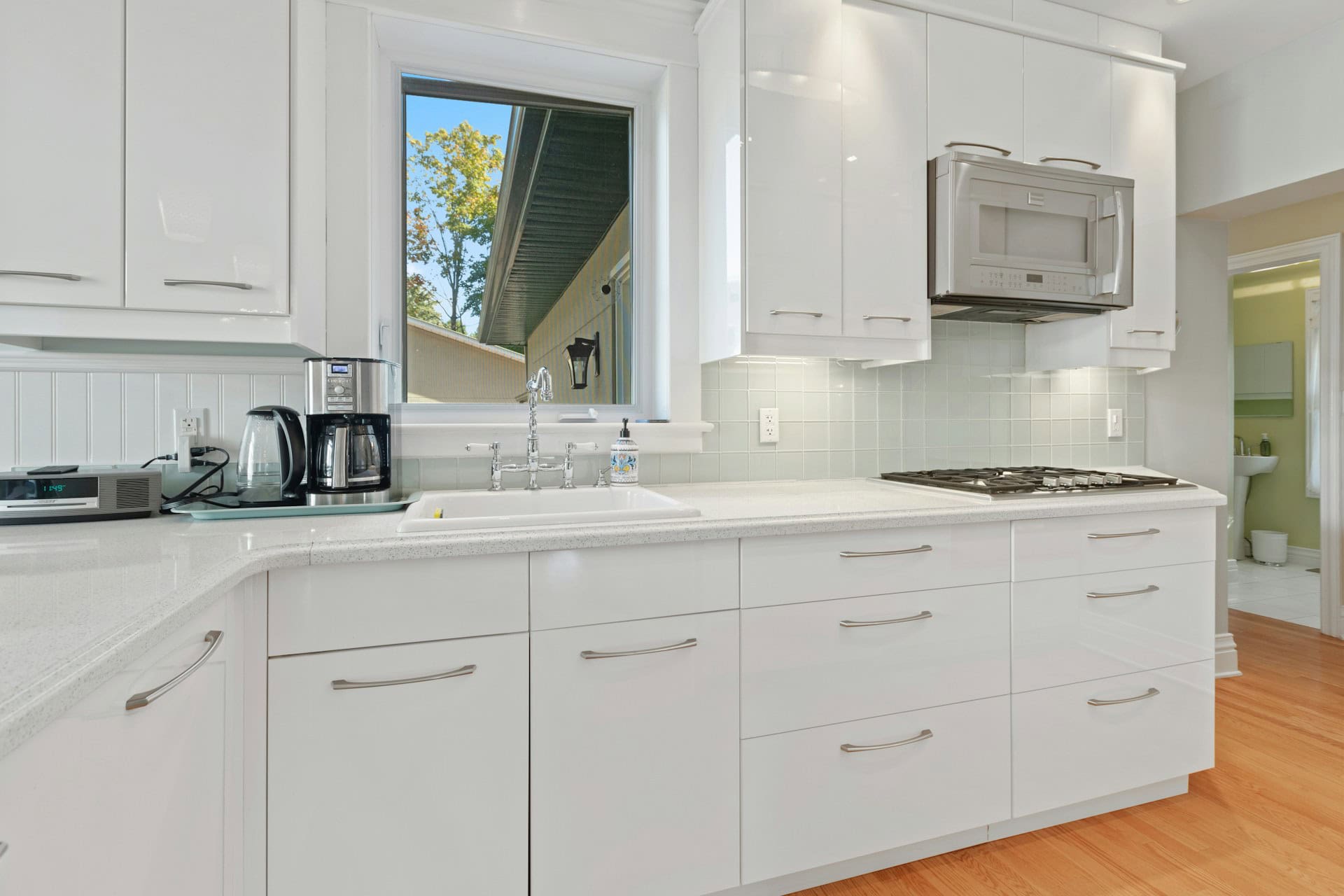
Question: Why Do Microwaves Have a Bad Reputation?
Answer: Microwaves sometimes get a bad rap due to misconceptions about nutrient loss and radiation. While some nutrient degradation can occur, it’s often minimal. Microwave radiation is non-ionizing and poses no health risk when used properly.
Microwaves: Addressing Common Concerns
Microwaves are common kitchen appliances. They offer speed and convenience for heating food. Yet, some people view them with suspicion. This article explores why microwaves have a bad reputation. We will examine the common concerns and separate fact from fiction.
This article looks at the science behind microwave cooking and address worries about nutrient loss, radiation, and safety. We aim to provide a clear understanding of how microwaves work. This information will help you decide if microwave use suits your lifestyle.
Nutrient Loss: Fact or Fiction?
One persistent concern about microwaves involves nutrient loss. Some believe microwaving destroys vitamins and minerals. Studies show all cooking methods cause some nutrient loss. This includes steaming, boiling, and baking.
Microwaving often involves less water and shorter cooking times. These factors can minimize nutrient loss compared to other methods. Microwaving vegetables, for example, can preserve more nutrients than boiling them.
Please visit the homepage to read more about Blue Kitchen Refacing
Related Article: What Kind of Microwave Can You Bake In?
Related Article: Why Are Slim Microwaves so Expensive?
Superheating: Avoiding Potential Hazards
Superheating occurs when liquids heat beyond their boiling point without bubbling. Disturbing the liquid can cause a sudden, violent eruption. This poses a burn risk. Superheating happens more often with smooth-walled containers and certain liquids like water.
You can prevent superheating by using containers with scratches or imperfections. Adding a wooden stirrer or other non-metallic object also helps. Never overheat water or other liquids in the microwave.
Uneven Cooking: Tips for Consistent Results
Microwaves often cook food unevenly. This happens because microwaves heat food from the outside in. Thicker areas take longer to cook than thinner areas.
Several techniques can improve cooking consistency. Stirring food halfway through cooking helps distribute heat. Arranging food in a ring shape, rather than a mound, also promotes even cooking. Covering food with a microwave-safe lid traps steam and creates more uniform heating.
Debunking Myths: Separating Fact from Fiction
Many myths surround microwave ovens. One myth claims microwaves make food radioactive. This is false. Microwaves heat food by causing water molecules to vibrate. They do not alter the food’s chemical structure in a way that makes it radioactive.
Another myth suggests microwaves destroy food’s flavour. While overcooking can affect flavour, proper microwaving preserves taste. In some cases, microwaving can enhance flavour by reducing cooking time and preserving volatile flavour compounds.
Some believe microwaves create harmful byproducts in food. While some chemical changes occur during any cooking process, studies have not shown microwaving creates dangerous substances in food.
Conclusion – Why Do Microwaves Have a Bad Reputation?
Despite the negative reputation, microwaves offer significant benefits. They cook food quickly, making them ideal for busy schedules. They use less energy than conventional ovens and require minimal cleanup.
Microwaves are versatile appliances. They can reheat leftovers, cook vegetables, and even bake potatoes. Understanding how microwaves work and using them safely allows you to enjoy their convenience without worry.
Microwaves are safe and efficient kitchen appliances. Addressing common concerns helps people make informed choices about their use. Understanding the science behind microwave cooking dispels many myths. This knowledge empowers you to use your microwave safely and effectively.
By focusing on facts and dispelling misinformation, we can appreciate the convenience and efficiency of microwaves. They remain a valuable tool in the modern kitchen.

Blue Malue Get in touch with Blue here.
